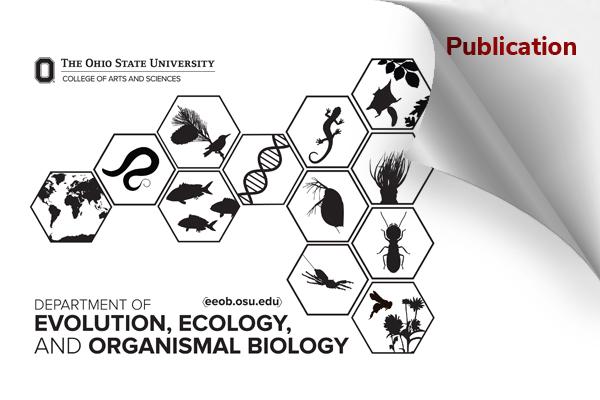EEOB publication - Ludsin

Ecology of Lake Erie - Nutrients, microbes, algae, and dreissenid mussels: A synthesis
S.A., Ludsin, M., Munawar, S.A., Bocaniov, L.T., Johnson, D.D., Kane, et al. Aquatic Ecosystem Health & Management, 26(4) : 131-138 Published By: Michigan State University Press. doi.org/10.14321/aehm.026.04.131
Preamble
The Lake Erie ecosystem, including its physical, chemical, and biological components, has changed considerably during recent decades owing to human-induced environmental stress (Fraker et al., 2022; Makarewicz and Bertram, 1991; Munawar and Munawar, 1976; Sinclair et al., 2021). While much has been learned from monitoring and research activities, a full understanding of how and why the ecosystem has changed is lacking (Fraker et al., 2023; Fussell et al., 2016; Sterner et al., 2017; Scavia et al., 2023), which has hampered the development of management strategies that can help sustain the integrity of the lake and its valued ecosystem services (e.g. clean water, safe recreation, food production). This AEHM special issue is the first of four focused on Lake Erie, all of which will aim to display the science being conducted to enhance ecosystem understanding and guide management decision-making.
